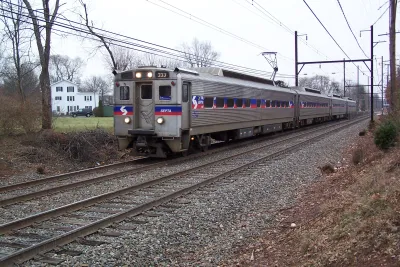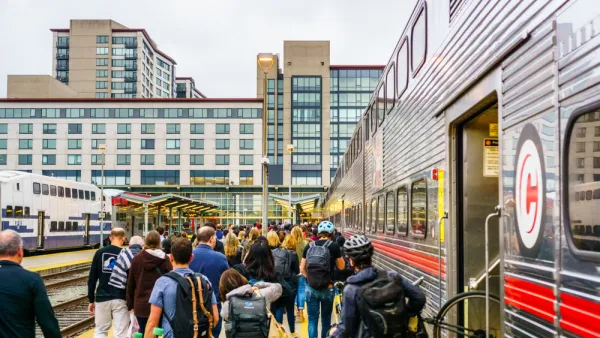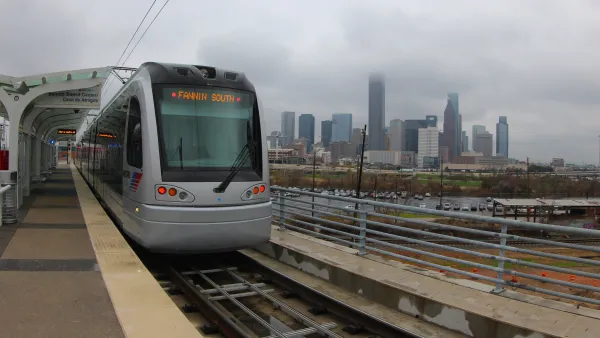The influx of federal emergency money used to keep public transit operational during the COVID pandemic will end this year. States and transit agencies across the country are searching for alternative funding sources.

State governments are trying to fill the gap in public transit funding left as the federal emergency money that kept them afloat dries up. “The fiscal cliff that public transit has been warning about has arrived,” writes Shirleen Guerra, reporter for the Center Square.
“The American Rescue Act Plan of 2021 included $30.5 billion in federal funding for transit agencies. The Coronavirus Aid, Relief, and Economic Security (CARES) Act set aside $25 billion for transit agencies,” the article states. But those funds end later this year.
States are taking a variety of approaches to make up the difference. Massachusetts and Pennsylvania are directly funding transit directly via their 2024-2025 budgets. The budget signed by Massachusetts Gov. Maura Healey last month doubled the amount of money for the Massachusetts Bay Transit Authority from $127 million to $314 million. Meanwhile, Pennsylvania Gov. Josh Shapiro’s proposed budget would increase the state share for public transit funding by 1.75 percent to $282.8 million investment.
In some states, “federal COVID emergency money transit has relied on will be replaced by other sources of federal dollars,” writes Guerra. In Colorado and Michigan, that will come in the form of funding from the 2021 Infrastructure Investment and Jobs Act.
Some transit agencies are turning directly to taxpayers for additional revenue, with mixed success. The mayor of Orange County, Florida, Jerry Demings, has floated the idea of a 2024 ballot measure to increase sales tax to help fund the Central Region Transportation Authority (LYNX) near Orlando, despite the fact that voters rejected a similar measure in 2022.
FULL STORY: Transit searches for ways to replace billions in federal emergency money

Analysis: Cybertruck Fatality Rate Far Exceeds That of Ford Pinto
The Tesla Cybertruck was recalled seven times last year.

National Parks Layoffs Will Cause Communities to Lose Billions
Thousands of essential park workers were laid off this week, just before the busy spring break season.

Retro-silient?: America’s First “Eco-burb,” The Woodlands Turns 50
A master-planned community north of Houston offers lessons on green infrastructure and resilient design, but falls short of its founder’s lofty affordability and walkability goals.

Test News Post 1
This is a summary

Analysis: Cybertruck Fatality Rate Far Exceeds That of Ford Pinto
The Tesla Cybertruck was recalled seven times last year.

Test News Headline 46
Test for the image on the front page.
Urban Design for Planners 1: Software Tools
This six-course series explores essential urban design concepts using open source software and equips planners with the tools they need to participate fully in the urban design process.
Planning for Universal Design
Learn the tools for implementing Universal Design in planning regulations.
EMC Planning Group, Inc.
Planetizen
Planetizen
Mpact (formerly Rail~Volution)
Great Falls Development Authority, Inc.
HUDs Office of Policy Development and Research
NYU Wagner Graduate School of Public Service




























